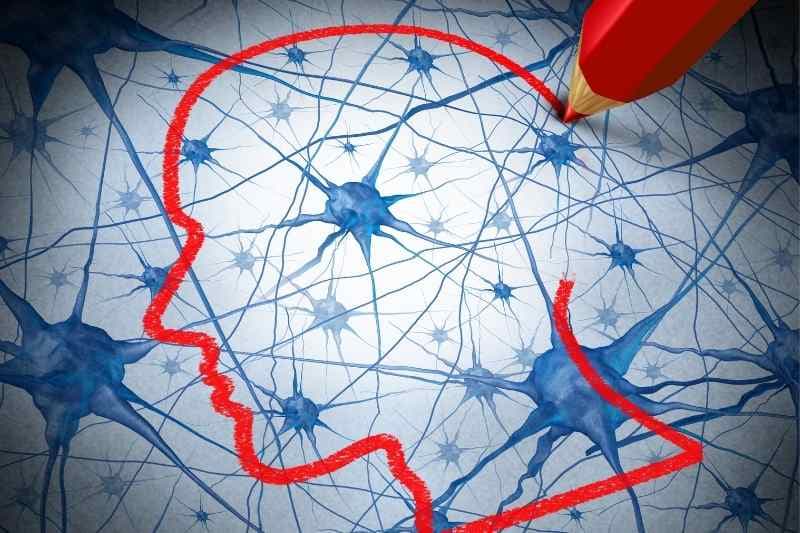Technologies that enable scientists to alter DNA of an organism. Learn about CRISPR-Cas9.
Nobel Prize in Chemistry 2020
Awarded jointly to Emmanuelle Charpentier and Jennifer A. Doudna "for the development of a method for genome editing."
Genome editing is the name given to a group of technologies that enable scientists to alter DNA of an organism. New pieces of DNA can be added in a predictable manner and defective pieces of DNA can be removed in a precise manner (in case of a debilitating genetic disease).
CRISPR-Cas9 Technology
Recently a technology identified as CRISPR-Cas9 has generated a lot of excitement in the community due to its accuracy, efficiency, low-cost and ease to perform. This system was adapted from a naturally occurring defense mechanism in bacteria against invading pathogens.
Viruses and pathogens that infect bacteria get broken down into small pieces of DNA called CRISPR arrays. Bacteria capture and save these small pieces of DNA in memory so that if these viruses were to attack again, the bacteria could produce RNA that could identify the virus DNA and break it apart. Therefore, these viruses get eliminated before they could spread and kill the bacteria. The other component of the CRISPR-Cas9 system is an enzyme that these bacteria produce and preserve to cut and degrade the DNA to disable the virus.
Medical Applications
Genome editing is of immense interest to the medical research community as it can treat a wide variety of diseases, including genetic diseases like cystic fibrosis, hemophilia, and sickle cell disease. Complex disease research community is intensively looking to implement and utilize this tool to provide solutions to so far considered hard to treat diseases such as cancer, heart disease, mental illness and human immunodeficiency virus (HIV).
